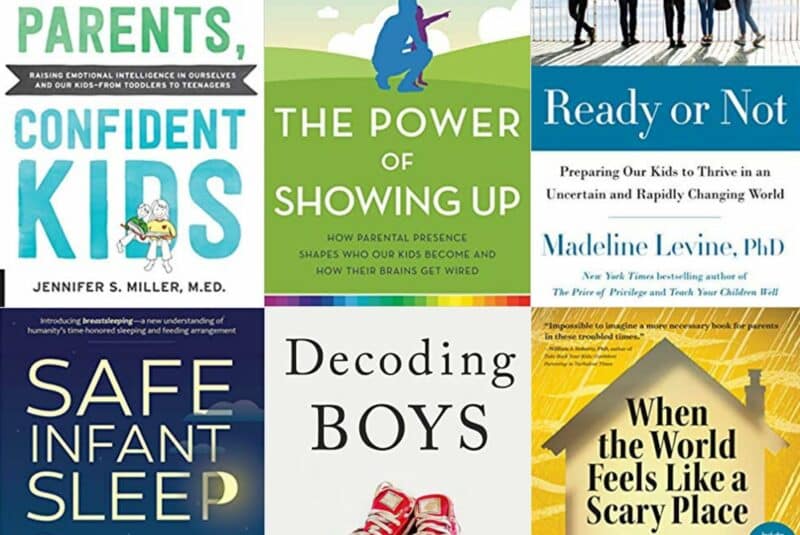Most schools don’t teach kids about money. That gap leaves financial literacy up to parents, and many are unprepared. Through entrepreneurship, investing, and plenty of trial and error, I’ve had to re-learn basic principles the hard way. Now, as a father, I’m intentional about passing on the right lessons to my kids.
Some of these principles come from observing wealthy families. Others I’ve experienced firsthand—through building businesses, investing in emerging technologies like Bitcoin, and experimenting with risk. All of them are lessons I wish I had internalized earlier.
Here are the 15 lessons rich parents teach their kids about money—and the ones I’m committed to teaching mine.
1. Money is a tool, not the goal
I once thought money was the finish line. After building businesses and re-investing profits, I realized money is a lever. Don’t fall in love with money; focus on what it lets you build—freedom, projects, impact.
2. Failure is tuition
I’ve lost money in investments, startups, and misjudged partnerships. Each loss was tuition in the school of life. The only true failure is refusing to learn.
3. Start investing yesterday
Compounding rewards time. Exposure to assets like Bitcoin taught me more about long-term investing than any textbook. Start early, start small, but start. Read: How to invest in Bitcoin safely.
4. Work to learn, not just to earn
My best “jobs” were those where I learned more than I earned. Running online businesses taught me coding, marketing, and negotiation—skills that keep paying. More background in my entrepreneurial journey.
5. Networking beats grades
My biggest opportunities came from people, not diplomas. Community is leverage. That’s part of why I built the GLC—to connect with people who think big.
6. Every euro must bring a friend back
Before I spend, I ask: will this euro multiply or vanish? Productive assets like Bitcoin, index funds, or digital businesses fit; liabilities don’t. See: How to build wealth through investing.
7. Think ownership, not salary
Owning equity beats relying only on a paycheck. Shares in companies, online businesses, or intellectual property scale in ways salaries never will.
8. Control your emotions
Markets exploit fear and greed. Panic sellers lose. Rational, patient operators win. Emotions are expensive; stay analytical.
9. Time is the most valuable currency
Money is replaceable. Time with family is not. Outsource, automate, and prioritize high-value work.
10. Good debt vs. bad debt
Debt can enslave or empower. Credit card balances are poison. Business financing or careful leverage can be tools. Respect the tool.
11. Delayed gratification wins
Patience pays. Whether investing, training, or building a business—resist quick fixes and play the long game.
12. Buy quality, cry once
I’ve wasted money on cheap tools, clothing, and services. Better to buy the best you can afford. It lasts longer and reduces friction.
13. Give to grow
Generosity multiplies opportunity. Helping others has opened doors I couldn’t have engineered. Giving is part of the wealth cycle.
14. Build multiple income streams
One income is fragile. Diversify with businesses, investments, content, and consulting so one dry spell doesn’t sink the ship.
15. Make money work harder than you do
Systems, automation, digital assets, dividends, royalties—build assets that earn while you sleep. Stop trading time for money.
Closing Thoughts
These are mindset shifts, not hacks. I didn’t learn them in school and my kids probably won’t either. They’ll learn by example. For me, Bitcoin was a useful catalyst to reframe money as both a store of value and a freedom tool. For them, it may be something else. The principle stands: money is a tool, not the goal.
If you’re raising kids—or re-educating yourself—pick one lesson and apply it today. Financial freedom is taught at home.

 Recently, a post on X titled “
Recently, a post on X titled “








